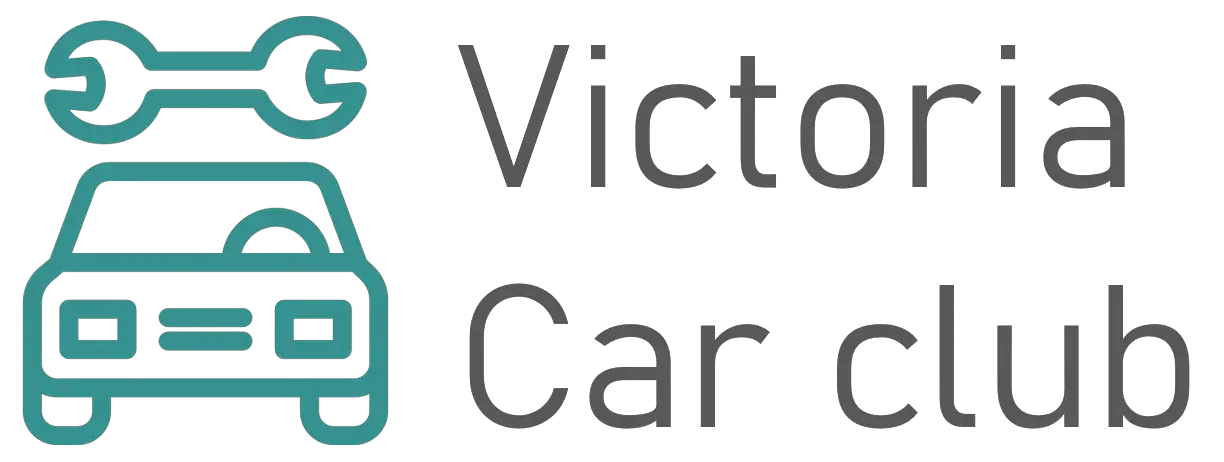The particle filter is a fairly recent technology that aims to remove harmful particles from the exhaust gases of latest diesels. It has long been seen as the miracle solution to these pollution problems. Nevertheless, it doesn’t work as well as designed and causes more problems than it solves, which is why we will see on this page when changing the particulate filter of a Kia Sedona? . To do this, first of all, we will identify what the particle filter on your car is used for, and then when to replace the particle filter on your Kia Sedona.

What’s the purpose of a Kia Sedona’s particulate filter?
So we begin our content page with the reason for this element not too long ago built in into diesel vehicles. As we explained quickly in the introduction, the aim of this filter was to fix the problems of pollution and harmfulness of exhaust fumes from Kia Sedona vehicles. Its working concept is to store exhaust fumes that are unburned or that still contain harmful particles, and when it is at a sufficiently high temperature to trigger a second combustion that will finish burning and get rid of all these carcinogenic particles. Sadly, to reach this very high engine temperature, you have to be on the highway or have your Kia Sedona engine revving up. So we have realized with time that vehicles that are specifically on short trips or in the city do not allow the particulate filter to burn these fumes and we will see in the next part that these problems can force you to replace the particulate filter of your Kia Sedona .
When to replace the particulate filter of a Kia Sedona?
In this section we will identify what you are certainly attracted to here, whether it is necessary to replace the particulate filter of a Kia Sedona and if so, when?
Is it necessary to replace the particulate filter on Kia Sedona?
There are 2 sort of particulate filter for vehicles, a particulate filter with additive, which does not matter the Kia Sedona, but which needs to be recharged every 120, 000km with an additive that enables the regeneration of the particulate filter and therefore to burn all those harmful soot. The second one, the one we are interested in in this article, works with precious metals that will produce a chemical reaction at high temperature and trigger the regeneration of the filter and the evacuation of the carcinogenic materials. Nevertheless, as mentioned above, it requires very high temperatures, if these are not reached the filter will clog. If the filter is not regenerated manually, drive at high speed for about 20 minutes to reach this temperature and thus regenerate your filter, you will clog it and risk damaging your turbo, your EGR valve or your engine. If you need to clean the EGR valve of your Kia Sedona because of your particulate filter, do not hesitate to look at our article on this subject to identify what the process is.
When to replace the particulate filter of a Kia Sedona?
As we described just before, a particulate filter is designed to last the life of the car, however some of you may wonder when it is necessary to replace the particulate filter of its Kia Sedona? Take note that this component is extremely expensive, labor is not the most important problem because it is easy to access. But the part itself will vary enormously in price depending on your motorization, you can still count a range between 700 and 2000€. This replace should only be considered in the case of a completely clogged particle filter. If you don’t repeatedly take the motorway, we advise you, every month to drive 10 minutes on the motorway at least 3000 rpm . In spite of everything, the current particulate filter have not been well designed and remain troublesome, it is considered that because of the lack of a sufficiently regular temperature rise and other design problems, you should start planning to replace your particulate filter from 200, 000km if you have a use of your XX that is more urban and a little more if it is mixed .
If you need more guides on the Kia Sedona, go to our Kia Sedona category.

